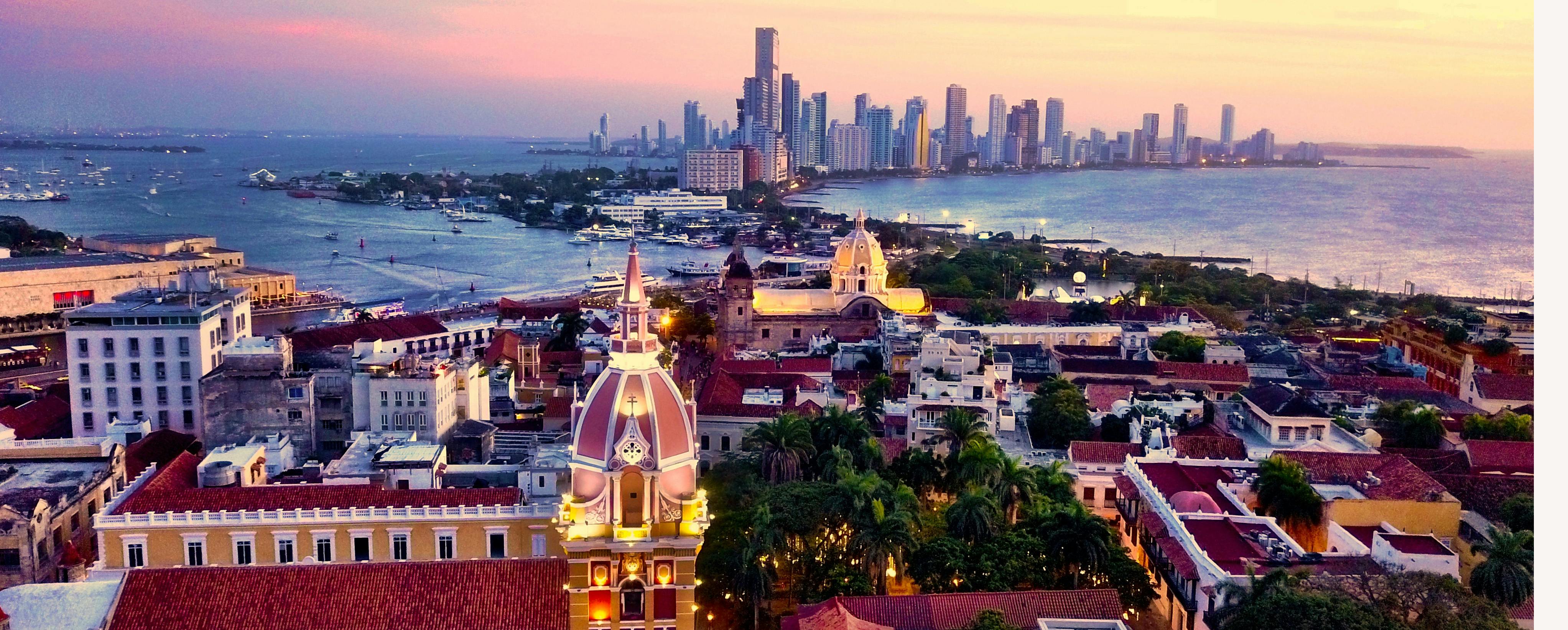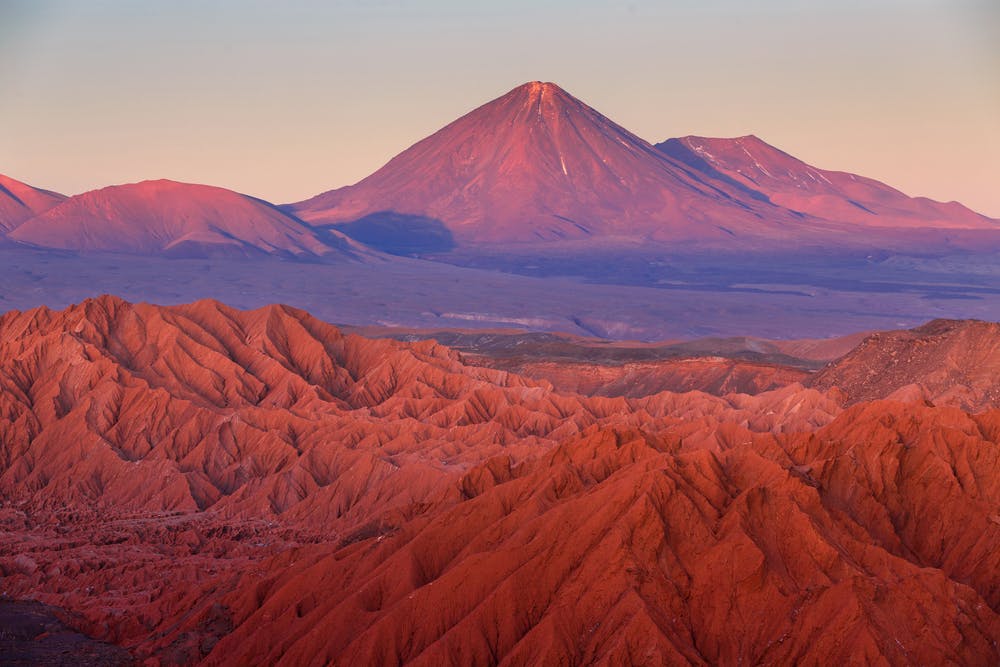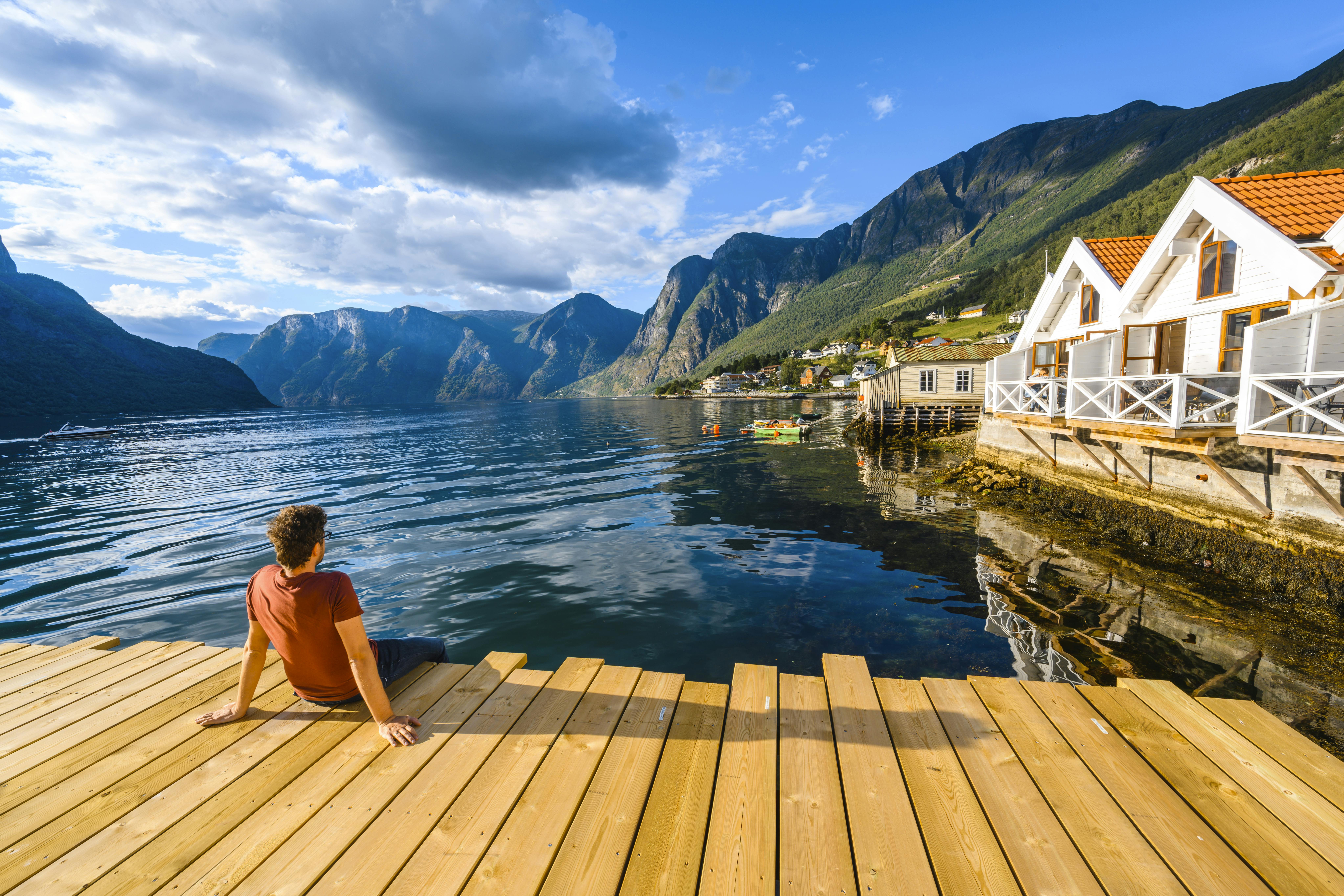Exploring Chile’s Beautiful Glaciers, Including the Southern Hemisphere’s Largest
The largest glacier in the Southern Hemisphere outside Antarctica, Chile’s Pio XI Glacier has a commanding presence. Even from the elevated position of the ship’s deck, its sprawling hulk takes our breath away. The most memorable aspect of this tidewater glacier is not its size, but its remarkable shade of brilliant blue. As our onboard expert explains, the color of such beautiful glaciers is due to their composition: Dense ice, which is devoid of any air, can absorb all colors of light except blue.
Set against the surrounding black mountains and dark waters, the azure walls of ice bring life to the landscape. And, as we delve deeper into our Chilean adventure, we discover that these glaciers are the lifeblood of the environment.

Beauty to behold
Carved over millions of years by the flow of glaciers over rock, the network of Chilean fjords is an extraordinary formation which yields spectacular landscapes and seascapes that are quite unlike anything else on the planet. Glacial ice covers about 10 percent of the earth, but Chile’s beautiful glaciers are quite distinct in their magnificence.
As we approach the Garibaldi Glacier through Parque Nacional Alberto de Agostini — at roughly 5,600 square miles, it’s one of the country’s largest national parks — we begin to understand why the park is a biosphere reserve. It was recognized by UNESCO because of its unique terrestrial, marine and coastal ecosystem that requires special care to ensure its conservation and sustainable use.
Seabirds fly overhead as if to greet us, as we make our way to the adjacent Garibaldi Fjord. There, sapphire- and teal-colored floating ice lines the narrow passage between steep mountains, which are adorned with stunning waterfalls.
Nearby, the Alacalufes National Reserve, which is surrounded by sea and crowned by snowdrifts, is home to five fjords. It stretches for roughly 41 miles (66 kilometers) from north to south.
As the ship navigates the White Narrows — so named because of the passage’s narrow width of just 260 feet (80 meters) — we feel as if we can touch the rocks. Below, seals search the deep, dark waters for fish and king crab before taking a rest on the tiny islands that teem with vegetation.
Glacial calving in the Chilean Fjords

Glacier calving — the spectacular shedding of ice into the sea from the front of a glacier — is primarily seen as a side effect of climate change. But scientists say it is the final part of a glacier’s life cycle and an entirely natural phenomenon.
Globally speaking, it is estimated that glaciers lose about 260 billion tons of ice each year. A glacier, though, will remain in balance or even grow, providing the amount of snow it accumulates equals or is greater than the amount of ice it loses through melting, evaporation and calving.
According to Silversea glaciologist Steffan Danino, calving occurs in all glaciers that end in a body of water when the melting of water makes the further flow of the glacier unstable. Ice breaks off and floats away.
Calving occurs year round, although with more frequency during the summer when the glacier is moving fastest. Depending on the iceberg’s thickness and temperature, ice can travel up to 90 meters per day.
In Chile, which is home to 80 percent of South America’s glaciers, historic glacier calving from the two large Patagonian Ice Fields — located on the border with Argentina — has formed the beautiful landscape of today.
“In the past, [Chile’s glaciers] reached well beyond today’s coastline. As they flowed seaward, they left behind the largest system of fjords and channels on Earth,” says Danino. “With no ice, the coastline would most likely be hills and sandy beaches, as on the Argentine side of the Andes and in Northern Chile.”

Flourishing ecosystems
For flora and fauna in this precious ecosystem, perhaps nothing is as important as the calving of glaciers. Icy areas typically have thin soil, while deep fjords usually have stagnant and oxygen-poor water. Both scenarios can result in a barren, impoverished environment, but calving breathes life into the ecosystem.
Calving stirs up the water column, which is the conceptual column in a body of water from its surface to the bottom. According to Danino, this stirring “allows oxygen to get to the depths and draws up nutrients from beneath, stimulating biological activity all the way from plankton up the food chain.” Moreover, rock that is ground to powder by the flowing ice is dumped into the fjords and fertilizes the fjord system, keeping it productive.
With an abundance of plankton comes plants, fish and other marine life, which can then sustain a range of mammals, larger fish and birds. Exploring the glaciers from the deck and while on excursions, we get an inside peek at Chile’s wide range of wildlife in their natural habitat, including endangered species. Notable examples are the Magellanic penguins, dolphin gulls and southern giant petrels. There are also playful South American sea lions, as well as migrating humpback whales, which feast on the abundant fish and other marine life.

What the future may hold for these beautiful glaciers
While the ecosystem is yet to show any adverse effects from the gradual retreat of Chile’s glaciers, scientists are monitoring it with care. In the past, a single calving might have resulted in the loss of an ice block 600 feet (60 meters) wide by 200 feet (30 meters) tall, but climate change is causing calving to occur more frequently and in more significant amounts, resulting in massive losses of ice.
According to Danino, if this causes glaciers to retreat to the point at which they no longer calve into the fjords, the waters would stagnate, resulting in a negative impact on the ecosystem.
Hopefully, this will never happen. Glacial calving in the Chilean fjords is a dramatic and unpredictable spectacle. For visitors, perhaps nothing is as awe-inspiring. Several hundred yards from the vast glaciers, from the comfort of the ship, we are fortunate enough to observe the natural wonder we were waiting for. Ice crashes into the sea and a humbling roar follows. In the distance, whale fins rise and fall from the dark water as a reminder of glacial calving’s life-giving role in this beautiful environment.
Want to see calving glaciers yourself? Start by browsing these Silversea cruises to Antarctica, Alaska and the Arctic and Greenland, as well as those that travel to the Chilean fjords. Learn more about the life cycle of a glacier here.


















